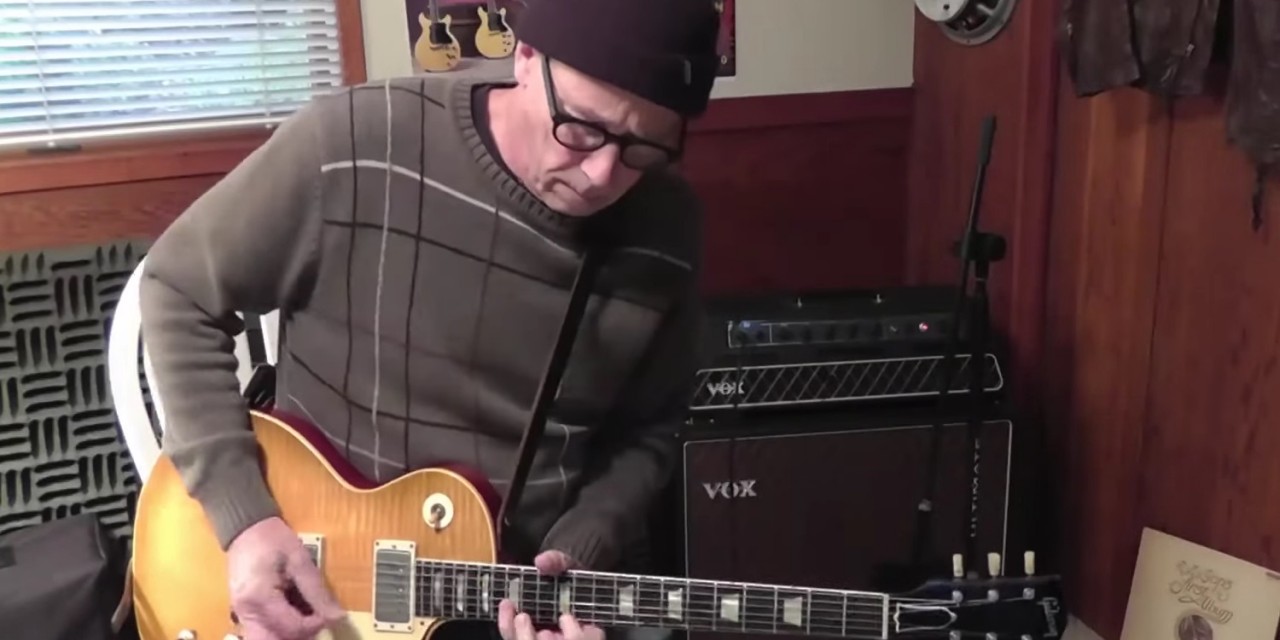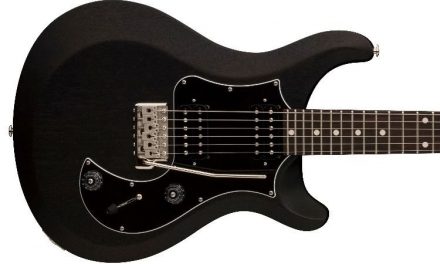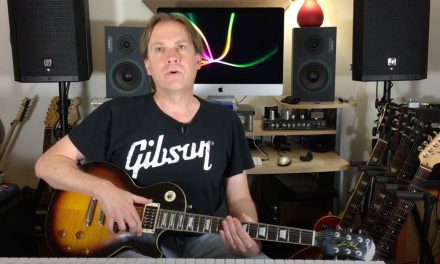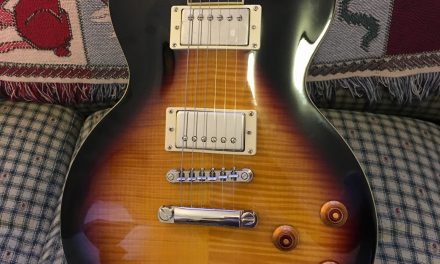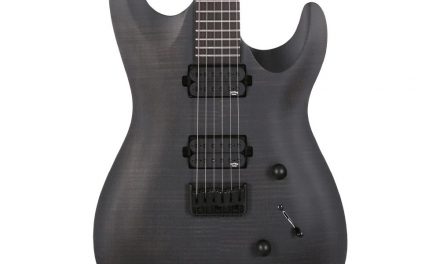Welcome to a new series here on Budget Guitarist – the Classic Tone series. If you’re a younger player, you might wonder why many older guitarists are wetting themselves over various vintage guitars… like, what’s the big deal? And if you’re an older guitarist who knows about classic guitars but would like to have a one stop shop overview for each, well, this series will do just that.
We start with the holy grail of classic guitars – the 1958/59 Gibson Les Paul. A lot of players like the 59 better because they were made with bursts and because Jimmy Page played a 59, but I think the 58 deserves as much if not more consideration for sounding amazing. Before we dive into the details, let’s hear an example of what these guitars sound like from one of my fave YouTube shows, the Doug and Pat Show. I love these guys. You don’t need to watch the whole video (though it is great) because I’ve got it set to start with the 1958 Gibson Les Paul known as “Oscar.”
Why Do People Like This Sound?
This is the sound of classic rock. A late 50’s Gibson Les Paul through a Marshall is pretty much what most of the guys in the 70’s were going for, after hearing Jimmy Page. Ironically, Page used a Telecaster for many recordings, but on stage he played a Les Paul. It’s all in the hands.
Anyway, the blues licks were a good match for the sound, which has a sweet sustain but also a bite. This is a sound that respects picking dynamics and demands good technique. Pick one note and hammer three others, and you’ll be exposed. Led Zeppelin, early Aerosmith, ZZ Top, and if I were to name all the classic rock 70’s bands that used a Les Paul I’d name all the classic rock 70’s bands. I am a huge fan of this sound because I consider it more responsive and more musical than today’s super overdriven non-dynamic sustain forever guitar sounds.
Price Guide
A 1959 Gibson Les Paul can go for $200,000 to $500,000. You read that right. It’s the most expensive “classic rock” guitar out there. In trying to capitalize on what they did right in the past, Gibson has been releasing new versions of the 59 for many years now. Currently they’re selling in the neighborhood of $6,000 to $10,000. These are faithful recreations of the original, using the same tools, the same types of wood, and in some cases doing some artificial aging to make the guitars look like the real thing.
But as usual, there are budget options. An Epiphone 59 Les Paul goes for around $550. And it sounds sort of like a 59 Les Paul. It definitely looks like one. There are plenty of companies who make Les Paul copies. There are some high end builders who can make you a Les Paul copy for $3,500. They sound significantly more like a real 59 than the Epiphones. On the used market, you can find an Epiphone 59 Les Paul for around $300 if you’re lucky. So the price range for “getting the 59 tone” is $300 to $500,000.
Budget Guitarist Advice
Long time readers know what I’m about to say. To me, a budget guitar has a max price of $500, but in some cases going a teeny bit higher is OK. This is a case. On the low end, pick up a used Epiphone Les Paul for around $300. If it has ProBucker pickups, see if you like them – many people do. If you want a lower output humbucker that’s more in line with the real thing, grab some GFS humbuckers with Alnico II pickups and use those. They’re around $70 for the pair and they sound very good. You’re in the ballpark of this classic guitar sound for under $400.
But if you’ve got a little more money, you can get good seats in the ballpark. Epiphone Les Pauls are made up of many, many different pieces of wood, quick-aged and glued together. The secret of the Epiphone Les Paul is that it’s designed to look like a Gibson Les Paul – sound is the secondary concern. An actual Gibson Les Paul will use fewer pieces of higher quality wood, and it gives you a body and sustain that gets you a lot closer to the tone we’re discussing.
Here is a radical idea – Find yourself a used Gibson Les Paul 50’s Tribute for around $500 (if you can.) If it has P90’s, pull them and hang onto them* (they’re amazing,) and have your mechanically-inclined buddy rout the pickup holes to make them larger, to accommodate the pickups you’re going to put in the thing. Replace them with some nice Alnico II pickups, which you can get for between $70 (GFS) and $189 (Seymour Duncan Slash Pickups.) There are dozens and dozens of pickup choices actually, and some sell for over $500 for a pair, but you’re overpaying at that point. Maybe you get lucky and the 50’s tribute you find has a pair of humbuckers already. Regardless, to get a Gibson Les Paul sound, the best thing to do is use a Gibson Les Paul. The tribute series and the studio series are available on the used market all the time, but I’ve seen the tributes for less money than the studios. Aside from the guitar, the key is in using a low output humbucker, usually with Alnico II magnets.
Pair your Les Paul up with a nice tube amp set to crunch tone, and away you go.
* You might really like the P90’s and decide to keep them. I LOVE them. They have a great classic rock sound, but not as warm and with a little more bite. They’re different, but they do sound great in crunch tone. They are noisy, though.

